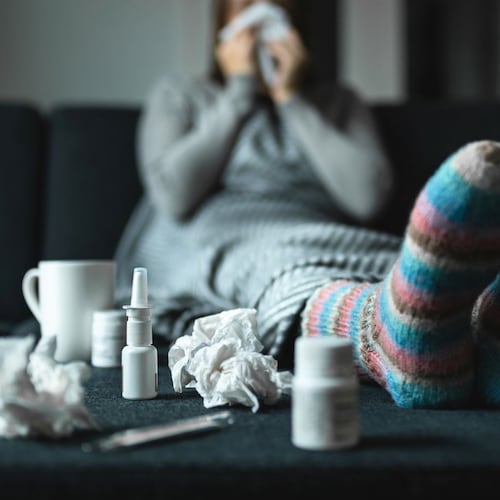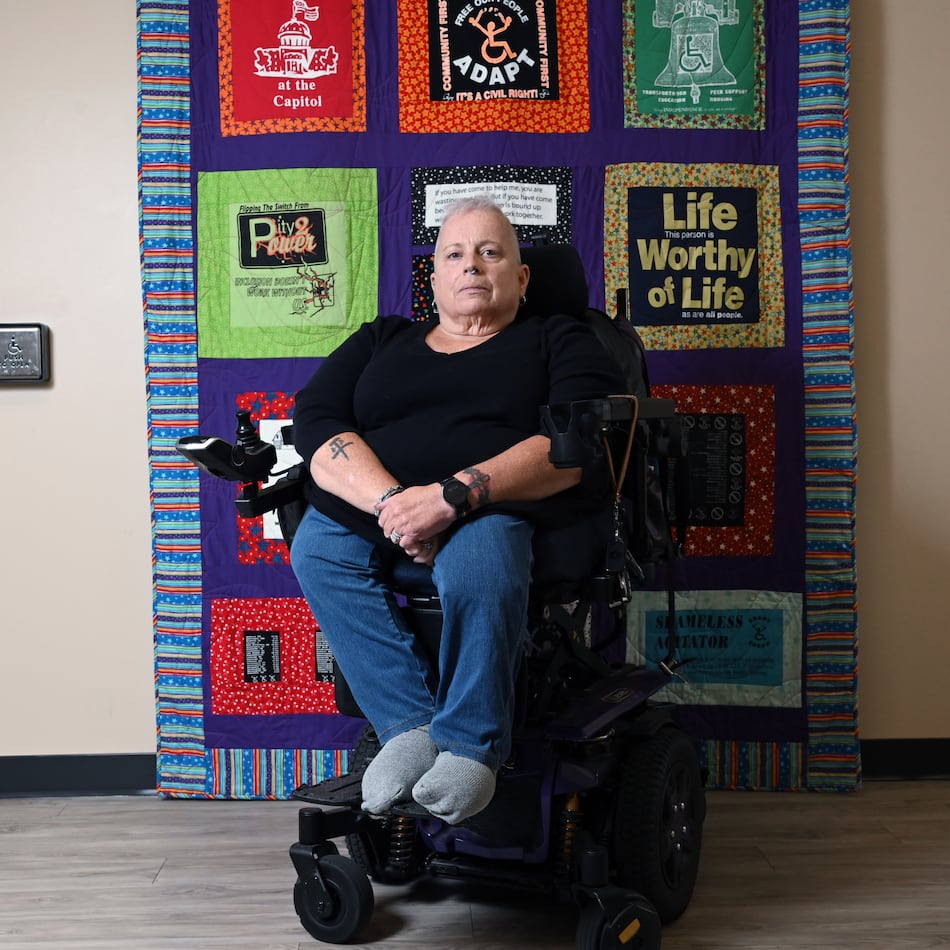One week from Election Day, daily coronavirus deaths in the U.S. are rising again, as health experts had feared, with cases climbing in many states.
President Donald Trump is campaigning this week in the Midwest, where new infections are raging in Wisconsin and the upper Midwest. In Iowa, polls suggest Trump is in a toss-up race with Democratic nominee Joe Biden after carrying the state by 9.4 percentage points four years ago.
The Atlanta-based Centers for Disease Control and Prevention reported Sunday among U.S. states, Wisconsin had the third-highest rate of new cases for the previous seven days. Iowa was 10th.
Average deaths per day across the country are up 10% during the last two weeks, from 721 to nearly 794 as of Sunday, according to data from Johns Hopkins University. Newly confirmed infections per day are rising in 47 states, and deaths are up in 34.
COVID-19 cases also have risen during the last two weeks in Midwestern battlegrounds Michigan, Minnesota and Ohio, though not as sharply as in Wisconsin and Iowa, according to the Johns Hopkins data.
Health experts had warned that it was only a matter of time before deaths turned upward, given the record-breaking surge in cases engulfing the country.
On Tuesday, Trump took to social media to tout the nation’s progress in treating the pandemic, but many disagree with his assessment.
The virus is blamed for more than 8.6 million confirmed infections and more than 225,000 deaths in the U.S., the highest such totals anywhere in the world.
Deaths are still well below the U.S. peak of more than 2,200 per day in late April. But experts are warning of a grim fall and winter, with a widely cited model from the University of Washington projecting about 386,000 dead by Feb. 1. A vaccine is unlikely to become widely available until mid-2021.
The seven-day rolling average for daily new cases hit a record high Sunday of 68,767, according to Johns Hopkins, eclipsing the previous mark of 67,293, set in mid-July. The U.S. recorded more than 80,000 new cases on both Friday and Saturday — the highest marks ever — though testing has expanded dramatically over the course of the outbreak, making direct comparisons problematic.
Michael Osterholm, a University of Minnesota expert on infectious diseases who warned over the summer of a fall surge, said what’s happening now is a confluence of three factors: “pandemic fatigue" among people who are weary of hunkering down and are venturing out more; “pandemic anger” among those are don’t believe the scourge is a real threat; and cold weather, which is forcing more Americans indoors, where the virus can spread more easily.
“When you put those three together, we shouldn’t be surprised what we’re seeing,” Osterholm said.
On Wall Street, stocks had their worst day in more than a month, amid the surging caseload and mounting doubts that Washington will come through with more relief for the economy before Election Day. The S&P 500 slid 1.9% Monday, while the Dow Jones Industrial Average shed 650 points, or 2.3%.
The Associated Press contributed to this report.
The Latest
Featured

